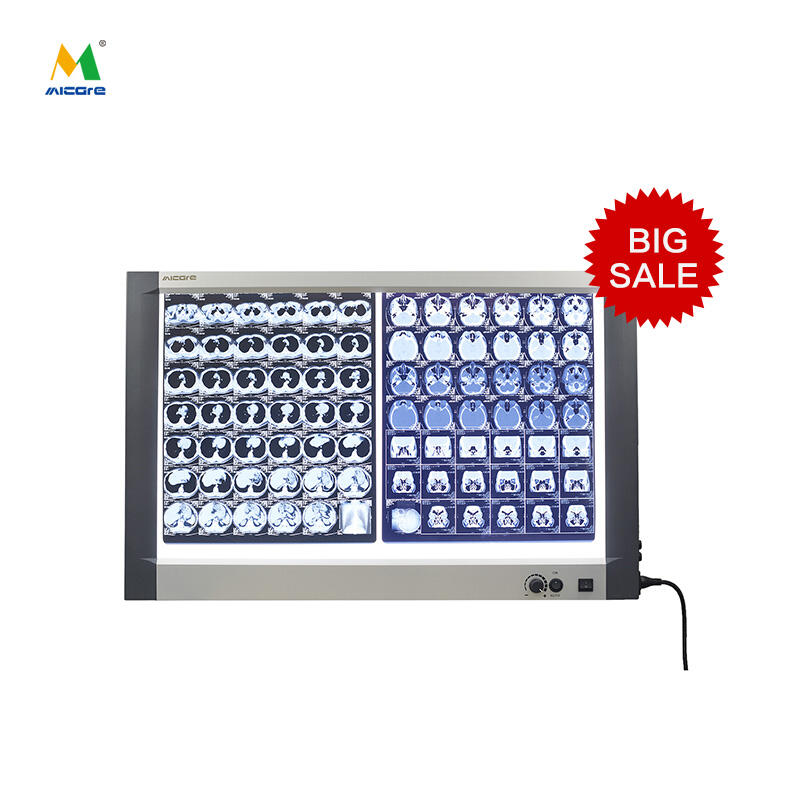Introduktion
I den medicinske praksis er det derfor vigtigt at få en så nøjagtig diagnose som muligt. Medicinske synslamper er yderst vigtige, når det gælder belysning i sundhedsfaciliteter, så lægerne kan se det pågældende objekt på en passende måde. Disse specifikke lys bruges til at tilbyde den bedste slags belysning i forskellige områder af en medicinsk anlæg; operationssaler, undersøgelsesrum blandt andre. Men overraskende nok kan Micares medicinske synslampe påvirkes af følgende vigtige faktorer: I dette dokument vil vi fokusere på de tre vigtige elementer i medicinske lamper og analysere, hvordan de påvirker medicinske procedurer.
Lysstyrke og intensitet
Blant de mest kritiske faktorer, der afgør effektiviteten af medicinske visningslys, er luminance og luminance. De fleste medicinske procedurer indebærer stram lysning, der skal tilvejebringes for at fremhæve endda de mindst bemærkede områder. Mængden af luminance, der kræves, kan ændre sig alt efter operationstype; de operationer, personale er involveret i; eller lysniveauer under procedurerne i operationsrummet. Medicinske visningslys fra Micare bør have variabel lysstyrke for at opfylde kravene fra flere individer.
Kirurgiske procedurer kræver klare lys for at sikre, at detaljerne ses godt, hvilket mindsker risikoen for fejl under operationer. Dog fører høj intensitet til blinding og ubehag for personer indenfor det medicinske felt. Derfor kan det ses, at der skal findes en fin balance for at opnå nok åbenhed uden at forstyrre behageligheden.
Farve temperatur
Farvetemperatur er en anden alvorlig faktor, der påvirker medicinske visningslys. Temperatur er den anden karakteristik af et lyskilde og beskriver skyggen af lyset – 'varmt' svarer til gult lys og 'kuldt' til blåt lys. Som regel bruges en køligere farvetemperatur i medicinske faciliteter, fordi det ligner mere naturligt lys og gør farverne og kontrasterne mere synlige.
Hvidt lys, især koldt hvidt lys, der spænder fra 4000K til 5000K, er passende til medicinsk visning, da det er nøjagtigt i fremvisningen af farver. Dette er særlig relevant i diagnosticeringsarbejde, hvor genproduktion af farver er afgørende for diagnosen af tilstande som blåmærker, inflammation og forskellen på tissuearter. Imodfærdig giver de varmere lys hele scenerne en rød farve, hvilket kan føre til forkerte konklusioner, da lægen muligvis ikke kan diagnosticere den rigtige sygdom.
Enhed og Fordeling
Dette betyder, at lysstyrke og lighed er ekstremt afgørende, når det gælder den medicinske visningsindstilling. Jævn belysning mindsker muligheden for, at nogle områder er enten for lyse eller for mørke, således at synet ikke hindres. Ved medicinsk visning kræves det, at lys skal være jævnt fordelt over hele synsfeltet for at opnå eniform intensitet.
De trækker ud fra loftet, hvilket kan skabe forskellige niveauer af lys og mørke; derfor er det ikke nemt at gøre nogle aspekter af hele værket tydelige. Det kan være særlig ubehageligt under sådanne operationer, hvor fine bevægelser ofte er nødvendige. Medicinske visningslys bør levere den betingede areal med homogen belysning og uden skygger fra instrumenter eller personalehænder.
Glare Control
Beskyttelse mod refleksion er en af de vigtigste faktorer for at sikre behag og effektivitet ved medicinsk visualiseringsbelysning. Refleksion forårsager ubehag, øjeanspanning og hovedpine og kan negativt påvirke ydeevnen hos medicinsk personale. Medicinske visningslys må ikke være for klare, de skal være designet til at undgå blinding mens de stadig opfylder formålet med belysning.
For at minimere blanding af lys er der altid mulighed for diffusorer på skærme eller andre linser, der hjælper og gør det mindre anstrengende for øjnene. Placeringen af lys har også indflydelse på blanding, da korrekt placeret lys sikrer, at lys rammer overfladerne, hvor det skal være, uden at forårsage refleksioner eller effekter, der blinder dem omkring.
Konklusion
I konklusion er der flere elementer ved medicinske belysningsanordninger, hvori deres ydelse afhænger og som skal behandles grundigt. For forskellige procedurer skal lysstyrken og intensiteten kunne variere for at undgå øjenfedt. Temperaturen skal også justeres korrekt for at holde farver så tæt på det virkelige liv som muligt, og køligere toner foretrækkes. Konstant og ensartet belysning er vigtig for at forhindre store skyggeområder, samtidig med at hele miljøet oplyses.











































